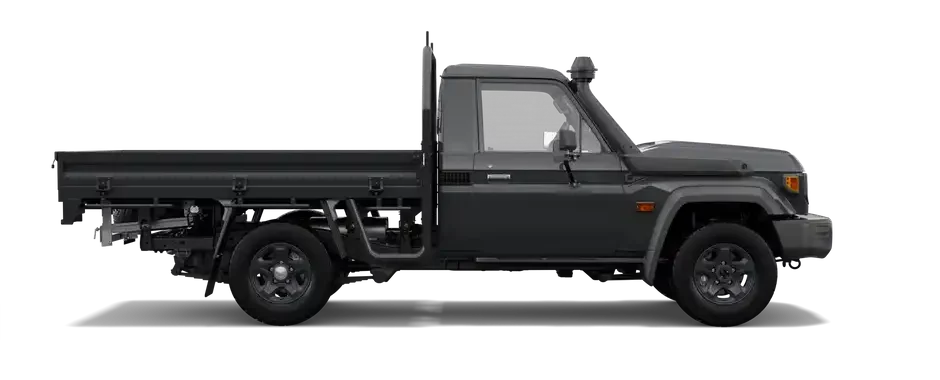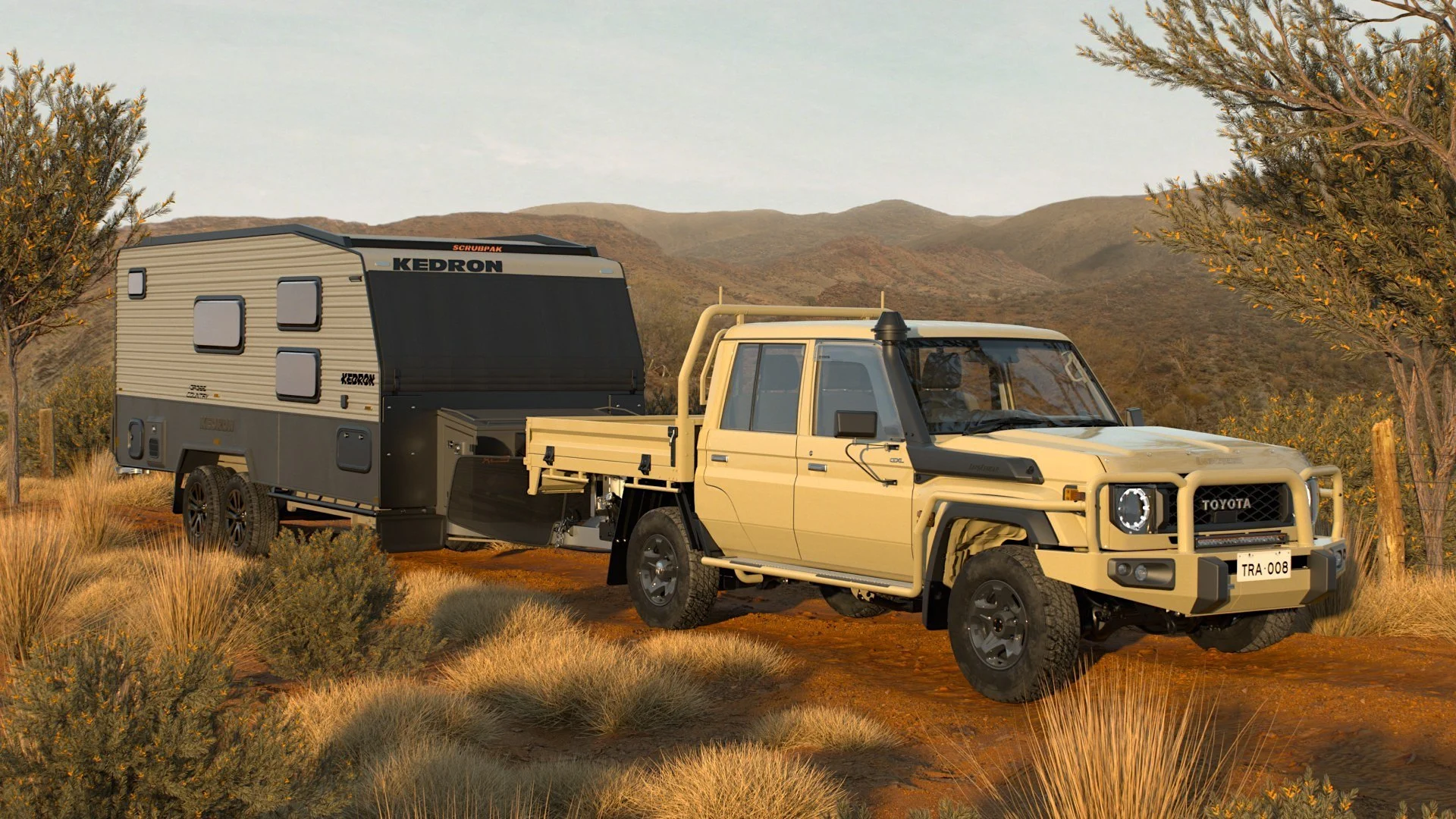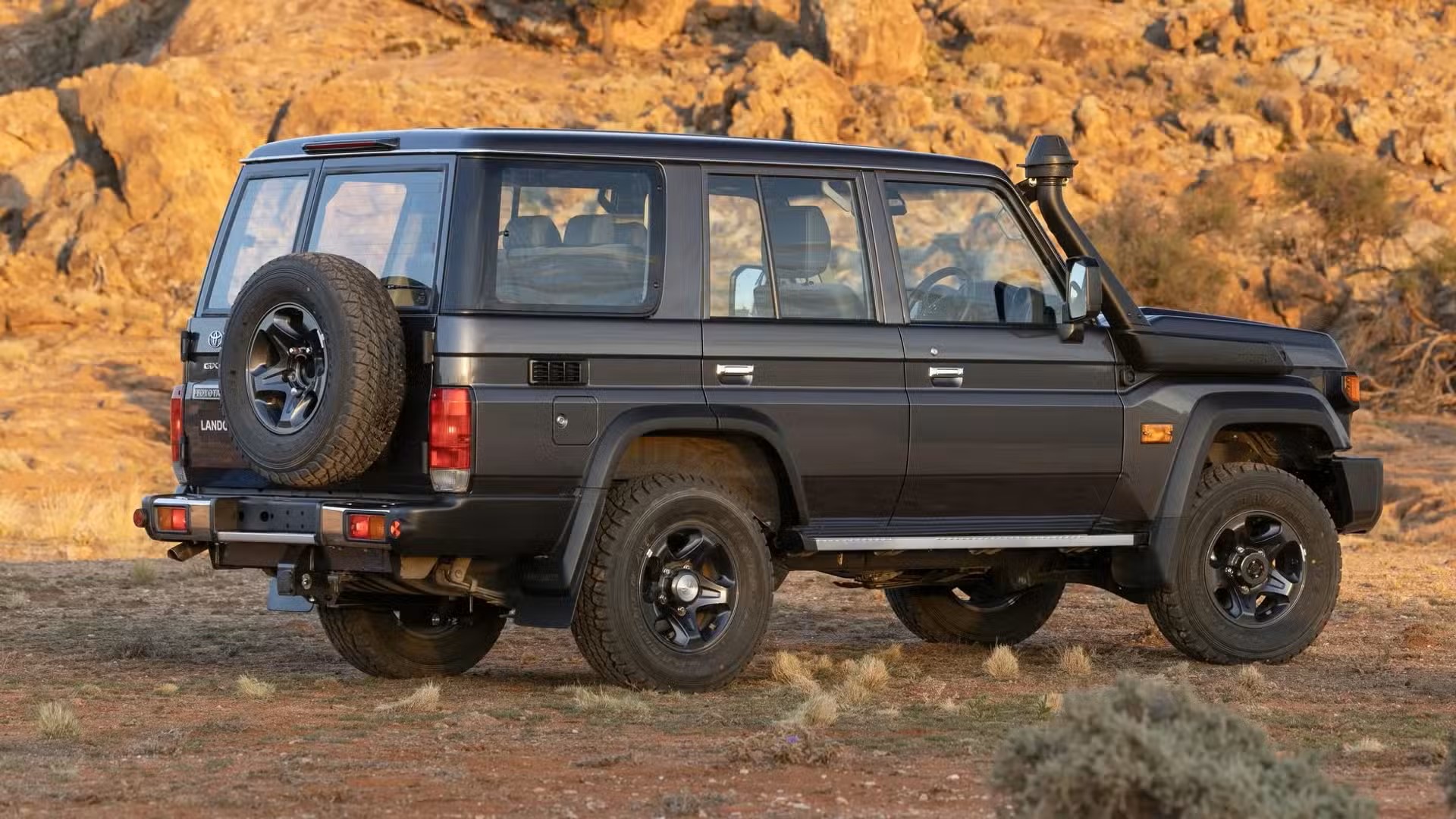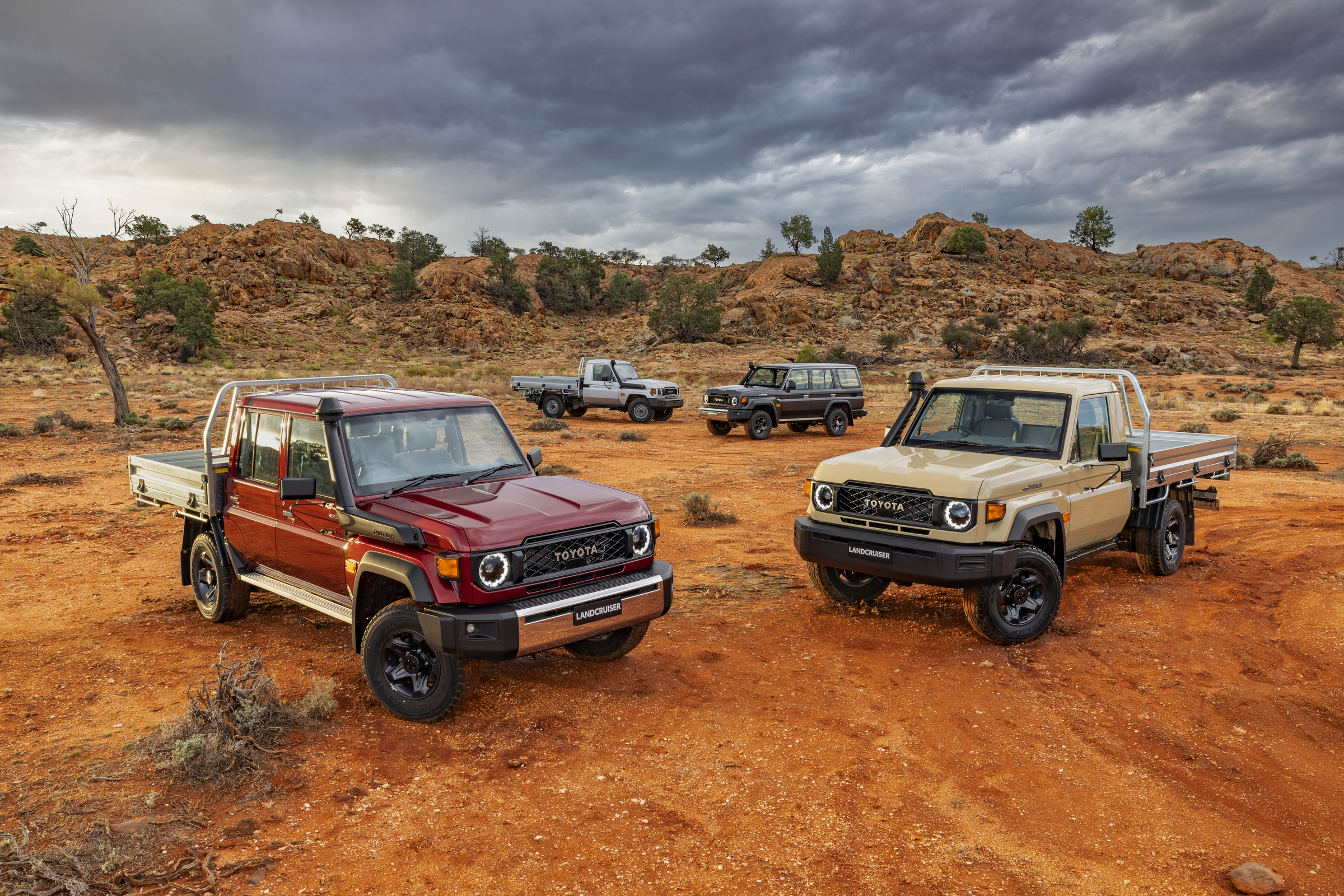Toyota is set to phase out the V8 engine that has powered the Land Cruiser 70 Series since 2007 while also introducing a five-speed manual gearbox for most four-cylinder variants; rumors began circulating of the demise of the V8 back in late 2023. It is worth noting that the venerable V8 is being discontinued mainly due to environmental and emissions concerns rather than a lack of sales. It has been reported that Land Cruisers featuring this engine are highly desirable and popular, with some used vehicles being sold for above retail.

Order-taking for the 1VD-FTV 4.5-litre turbo-diesel engine, which was paused for nearly two years, will not resume. The final production for the V8 Wagon, Troop Carrier, WorkMate, and GX pick-ups will occur in September, with customer deliveries expected by late this year or early next year. Despite the end of production for some V8 models, the 79 Series GXL variants will see V8 production continue into late 2025. This extended production timeline ensures that Toyota dealers can meet the high demand for these models and fulfill current orders.

Sean Hanley, Toyota Australia Vice President of Sales, Marketing and Franchise Operations, acknowledged the necessity of ending the V8 production due to evolving regulations and community expectations. He emphasized that this change signifies a new chapter for the LandCruiser 70 Series, a vehicle celebrated for its ruggedness and reliability.
“Bidding farewell to the V8 marks the end of one chapter and the start of another for the go-anywhere 70 Series–a vehicle that’s renowned for its ruggedness, reliability, and simply getting the job done.”
He encouraged enthusiasts to consider the four-cylinder alternative, which has proven to be highly capable and reliable.
Hanley highlighted Toyota’s commitment to maintaining the 70 Series as a vital part of their line-up.
“Both here and in Japan, Toyota was determined to return the loyalty of our customers by devoting significant resources into ensuring the 70 Series remains a vital part of our line-up for years to come.”
He added that abandoning the model was never an option for the company.
Since its introduction in 1985, Australians have purchased 346,742 units of the 70 Series, with nearly half–171,010 vehicles–powered by the V8 since 2007. The new five-speed gearbox is derived from the V8 manual and adapted for the 2.8-litre turbo-diesel four-cylinder engine. This engine delivers a maximum power of 150 kilowatts and a peak torque of 450 newton-meters, 20 newton-meters more than the V8, available across a wide 1600-3000 revs-per-minute band.

Taking with one hand and giving with the other, from October, the new five-speed gearbox, engineered for higher torque than the V8, will be available for all body styles and grades, excluding single cabs and the Workmate Wagon. This gearbox upgrade is tailored to enhance the vehicle’s performance, offering improved off-the-line acceleration and fuel economy.
The new manual gearbox is, according to Toyota, a significant addition, reinforcing the 70 Series’ reputation for off-road capability, heavy-duty payload, and towing capacity. Hanley emphasized that Australian customers, including farmers, miners, remote-area workers, and off-road enthusiasts, could continue to rely on the 70 Series to handle the toughest jobs and most inhospitable terrains, just as they have for the past 40 years.

Compared to the V8’s H150F five-speed, the four-cylinder H153F manual features unique gear ratios and additional components to handle its high torque and demanding usage. The gearbox includes:
- Shorter first, second, and third gears for better off-the-line performance.
- A triple synchronization mechanism for smoother first gear changes.
- A longer fifth gear to enhance fuel economy and reduce engine noise at highway speeds.
A newly adopted flywheel compatible with a 12-inch clutch ensures excellent engagement and maximum power delivery to the road.
Manual variants also have a dust seal on the rear end plate to prevent foreign matter from entering the release bearing. Most other standard features are consistent across both four-cylinder powertrains, with a front console box and Downhill Assist Control available only on automatic variants.
Read More: eBike Buyers Guide
Our No Compromise Clause: We do not accept advertorial content or allow advertising to influence our coverage, and our contributors are guaranteed editorial independence. Overland International may earn a small commission from affiliate links included in this article. We appreciate your support.


